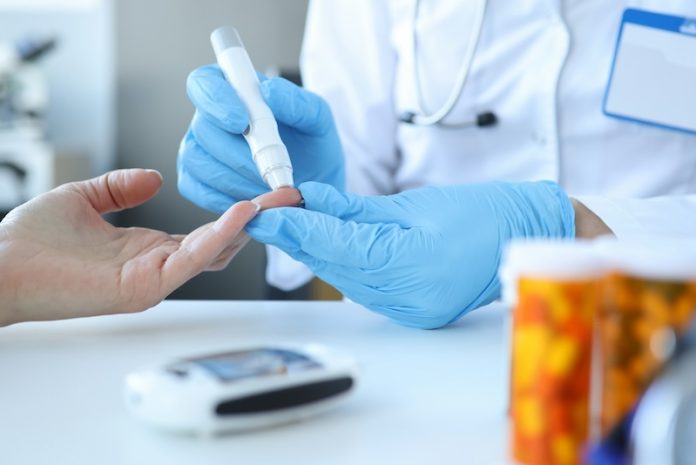
Type 2 diabetes happens when the body struggles to use the hormone insulin, so sugar builds up in the blood. Lifestyle changes, like healthier food and more movement, are the first line of defense, but many people also need medicine to keep their blood sugar in a safe range.
Over the last twenty years, scientists have tested dozens of drugs, leading to a toolbox that is larger—and safer—than ever. Here is what research says about the medicines most doctors reach for today.
The oldest and still most‑used drug is metformin. It lowers blood sugar by helping the liver release less glucose and by making body cells respond better to insulin. Large studies, such as the United Kingdom Prospective Diabetes Study, show that metformin not only controls sugar but also lowers the risk of heart attack and helps people lose a little weight.
It is usually the first prescription because it is cheap, effective, and has a long safety record; its main side effects are mild stomach upset that often fades after a few weeks.
If metformin alone is not enough, doctors often add an SGLT2 inhibitor like empagliflozin or dapagliflozin. These pills make the kidneys pass extra sugar into the urine. Randomized trials have shown they can drop blood sugar and, importantly, protect the heart and kidneys.
In people with diabetes who already have heart disease, SGLT2 inhibitors cut the risk of hospitalization for heart failure by around 30 percent. They may cause extra urination and, rarely, yeast infections, but most people tolerate them well.
Another modern option is the GLP‑1 receptor agonist family, which includes semaglutide and liraglutide. These medicines copy a natural gut hormone that tells the pancreas to release insulin after meals.
They slow stomach emptying, reduce appetite, and often lead to significant weight loss. In a landmark 2021 trial, weekly semaglutide helped participants lose about 15 percent of their body weight and improved their blood sugar so much that some went into remission.
GLP‑1 drugs also lower the risk of heart attack and stroke in people with diabetes and heart disease. The biggest downsides are nausea during the first weeks and higher cost, although many countries now subsidize them because of their heart benefits.
DPP‑4 inhibitors, such as sitagliptin, are gentler relatives of GLP‑1 drugs. They help the body keep its own GLP‑1 active for longer.
They do not cause weight gain or low blood sugar, but their effect is modest, so they are best for people who need only a small extra push. Research shows they are safe for the kidneys and the heart, but they do not provide the same strong heart‑protection seen with SGLT2 or GLP‑1 medicines.
Older classes, like sulfonylureas (for example, gliclazide) and thiazolidinediones (for example, pioglitazone), are still around. Sulfonylureas push the pancreas to make more insulin and work quickly, but they can cause low blood sugar and weight gain.
Thiazolidinediones improve insulin sensitivity but may lead to ankle swelling or bone loss. Studies suggest they remain useful when cost is a concern or when newer drugs are unsuitable, yet many guidelines now place them behind the newer options for long‑term therapy.
For some people, especially when the pancreas is very tired, injected insulin is needed. Basal insulin—taken once a day—keeps blood sugar steady overnight and between meals.
Research confirms insulin is the most powerful tool for lowering glucose, but it requires careful dose adjustments to avoid lows. Many people use insulin alongside metformin, SGLT2 inhibitors, or GLP‑1 drugs, creating a personalized mix.
No single medicine is “best” for everyone. Doctors look at blood sugar numbers, weight, heart and kidney health, budget, and personal preferences. Combining drugs that work in different ways is common and often more effective than using higher doses of one medicine.
What matters most is staying in target range, seeing a healthcare team regularly, and adjusting the plan as life changes. With today’s options, nearly everyone can find a treatment combo that fits their body and lifestyle.
If you care about diabetes, please read studies about Vitamin D and type 2 diabetes, and what you need to know about avocado and type 2 diabetes.
For more information about diabetes, please see recent studies about how to eat to prevent type 2 diabetes, and 5 vitamins that may prevent complication in diabetes.
Copyright © 2025 Knowridge Science Report. All rights reserved.



